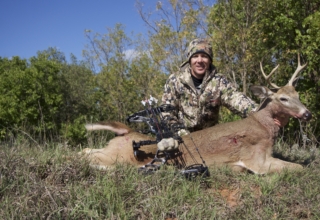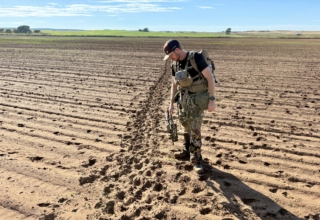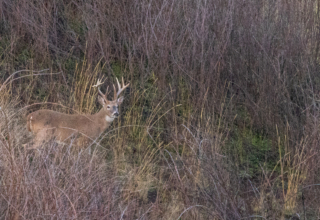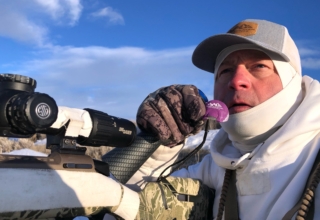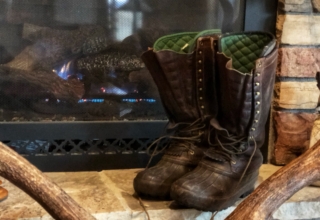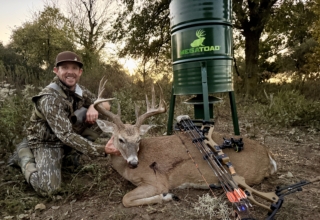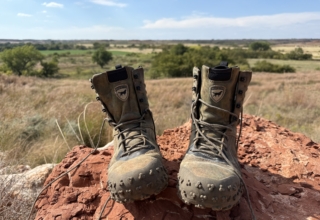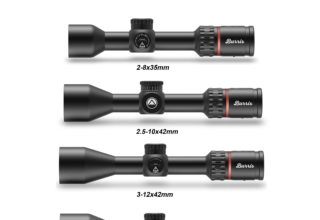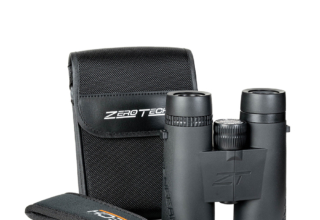Muddy’s Manifest 2.0 Cellular Trail Camera thrives in rugged whitetail terrain and throughout winter’s worst moods.
by Mark Kayser
I confess. I avoided jumping on the bandwagon as the cellular trail camera craze exploded. It wasn’t hatred for the right-now intel or the copious amount of data revealed. Two of my whitetail hunting partners shared their cellular surprises with me every day while in deer camp. It assuredly provided me with confidence-building methodology to plan morning and afternoon hunts. It was the evil side of the technology I wished to resist—that social media addiction to another instantaneous source of gratification.
Morning and night, I saw it playing out right before my eyes. My hunting partners jumped at the notification buzz from their smartphones every time an image was uploaded. Early in the mornings, even before coffee, they would be poring over dozens of pictures as if hooked on horn porn. I guess they were. These sights and dependency issues caused me to utilize snippets of their information but shy away from a full-blown love affair with cellular trail cameras. That was until last fall. I finally decided it was time to try out the cellular scouting lifestyle myself.
Testing centered on the Muddy Manifest 2.0 trail camera serviced with a Verizon plan. You can also opt for the AT&T service, and Muddy even includes a 3-pack of cameras with two SIM cards for compatibility, regardless of whether they are near an AT&T or Verizon tower.
My first hunt test would have been elk. Still, after research and a preseason visit to my Montana hunting location, I found operating my cell phone in my backcountry hunting location nearly impossible. When late October arrived, the Manifest duo was packed for the long drive to Kansas and their first test.
You may think of Kansas in a “Wizard of Oz” flat-country image, but the corner of the state I hunt ascends and descends among rugged canyons in the Flint Hills. Line of sight for cellular service is sketchy in the jagged terrain despite not having the rise of the Rockies. My first camera setup test was on a long, narrow food plot with a small gap at the end of a draw where I figured I could grab a signal. My buddy Greg suggested it would not work there, and he was right. Well, for the first afternoon, at least. Somehow, by the next morning, the camera delivered images, including two shooters who preferred a nocturnal lifestyle.

Unfortunately, since I arrived late at hunting camp, dibs had already been placed on the stands near the food plot. My choices lay on the outer perimeter of the farm. After being shunned from the big boy’s location, I moved my attention to the southern edge of the farm. A winding, deep oak draw with water at one end grabbed my attention. A quick survey told me a traditional SD card camera would be best, but why not try the Manifest? With the Command Pro app used to view images, I could quickly ascertain if the unit was working. Lighted visual LED cues on the camera show connectivity confirmation.
How it grabbed a signal was beyond me in the chasm, but there was a picture of me in front of the camera on my smartphone. Moments later, more images of me setting up the camera streamed onto my device, indicating it was connected. Plus, the quick delivery of the images confirmed its advertised trigger speed of less than a second.
That camera proved to be the winner during my hunt. Within hours, it revealed a mature buck that the farm owner had immediately stamped as a shooter. A treestand near the trail camera and a permanent blind 300 yards away on a small food plot became my home for several days. The target buck used the oak draw for travel with frequent visits to the uplands to search for estrus does. Finally, on November 9, the buck pushed an estrus doe near a permanent blind on the edge of a food plot. Two hours later, with numerous chases in between, the buck rushed past the stand for a 22-yard shot. The Manifest trail camera constantly updated me on the presence of the rutting buck. That assurance is comforting during the chaos of the rut.

After the whitetail celebration and meat chores, I set the camera up over the carcass leftovers to check for coyote activity, another favorite hunting pastime of mine. With the camera’s 4-piece, 850-nanometer LEDS lighting up the scene, the camera reached nearly 30 yards to infrared flash capture coyotes dragging the carcass around at night. Even with this bustle, the camera was still triggering at acceptable speeds with recovery speeds to match. Many variables of animal activity can alter trigger and recovery time, especially distance and a repeated flurry of fur, but I never sensed I was missing images due to slow camera function.

Storage is acceptable, and the unit arrives with a 32GB SD card. Settings include three levels of image resolution, including 16MP, 8MP, and 4MP, with options for both low- and high-resolution uploads. Your option for managing images is to visit your favorite app store and download the free Command Pro app. It organizes your images in folders based on the camera and displays connectivity, battery level, SD card capacity, and more.
You can also schedule daily test images from the app to ensure the unit works, adjust photo resolution, burst mode (1-3 images per burst), delay, and more. If the unit is on, you rarely need to visit it. A bonus is connecting it to the HuntStand hunting app. Simplify management of your cameras by importing markers, viewing photos, and evaluating camera status in the HuntStand app.
Speaking of power, the Manifest runs off 8 AA batteries but also has an external power jack to connect it to a solar battery pack. I always suggest lithium batteries, but I ran mine on standard AAs, including monitoring coyote baits in the late winter. Even when the cameras were spitting images endlessly of magpie visits, they did not crash the batteries. Set the unit to upload on occasion throughout the day (several upload options included), and it also saves on battery life and data usage.

The camera’s matte finish allows it to melt into the backdrop. If you fear woodland thieves, it includes an integrated latch for a Python locking cable. That’s an important design aspect for the public land hunter. And since it is cellular, thieves often do not fool with it. I’m sure those with sticky fingers fear their image has already been sent to you and soon to the authorities.
Finally, Muddy understands that trail cameras have become even more challenging to set up, so they simplified things. Use a provided QR code for quick setup. It’s fast and straightforward, even for an old hick from Wyoming.
I understand the world of trail cameras has exploded, especially into cellular realms, but the simplicity of this system using the Command Pro app has proved to be a winning combo for me over the past several months.
MTM Bonus
For 2025, MTM launched its all-new ACDC50-Ammo Crate Divided Utility Box. I know ammo is the name, but three sturdy dividers give you ample room to store a lot of trail cams. This tote is perfect for the traveling hunter wanting to take trail cams, batteries, etc.
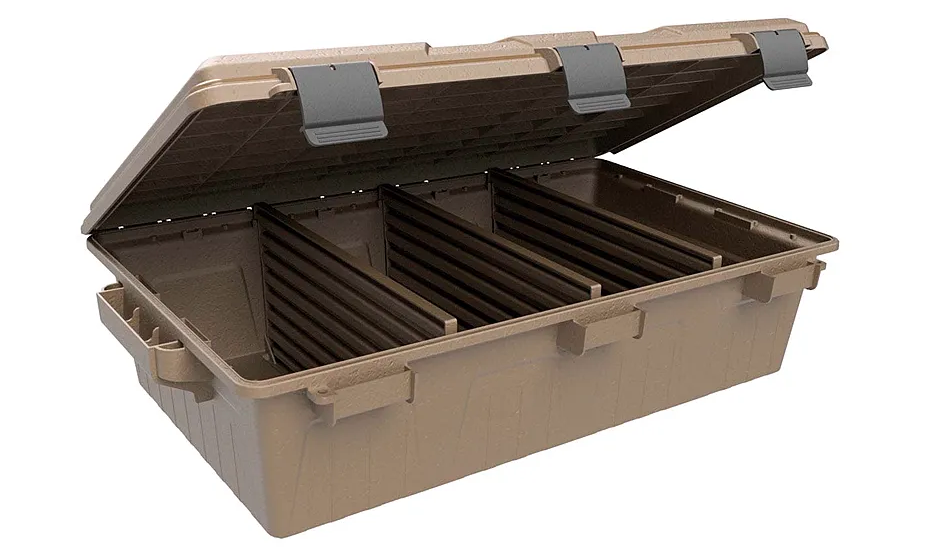
Lightweight and stackable, a few SCDC50-Ammo Crate Divided Utility Boxes are perfect for storing off-season trail cameras, ammo, and loads of other outdoor gear. The weather-resistant O-ring seal keeps out water and dust, protecting inner contents. With a carrying capacity of 85 pounds, this handy case measures 23.6″x13“x6.5” on the inside.


